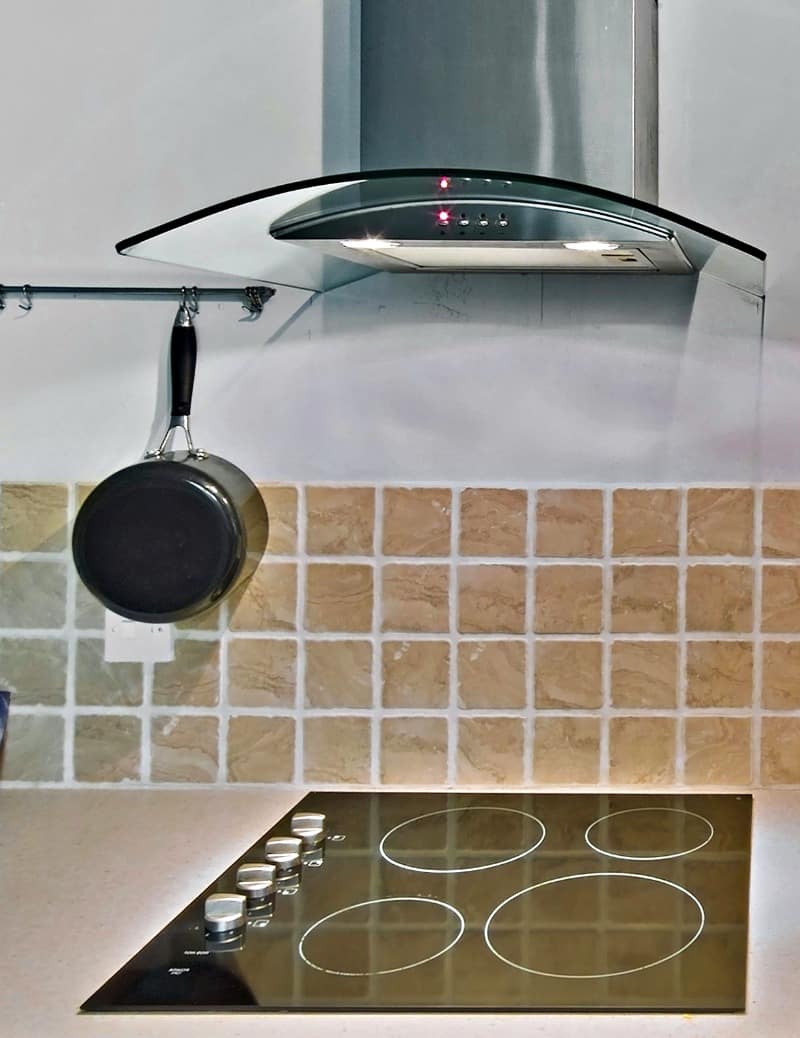Rangehoods for kitchen ventilation
Good kitchen ventilation depends on rangehoods, but they often don't get the attention they deserve. Here's a guide to making sure the rangehood you choose is best for your needs.

Good kitchen ventilation depends on range hoods, but they often don’t get the attention they deserve. Here’s a guide to making sure the rangehood you choose is best for your needs.
What makes a rangehood so important?
A range hood is an essential kitchen appliance for ventilation and removing steam, smoke and any unpleasant odours. Left unaddressed, these can build up on walls, shelves and any other horizontal surface. An effective rangehood either removes these vapours and odours by using a filter and venting them outside. It is essential to make sure your rangehood is vented to the outside of your home. Otherwise, it might send moisture, pollutants and grease onto your walls or ceiling. Eventually, this could result in structural damage and create serious problems.
A range of range hoods
There are three main types of range hoods: fixed, retractable and canopy style.
Fixed-range hoods are the most common and least expensive option. They are also easy to install. They usually cover the whole cooktop area and use large filters.
Retractable range hoods can be pulled out to cover the cooktop and pushed back out of sight (retracted) when not needed. Those who like a minimalist style in the kitchen may prefer these. They do have some drawbacks however, mainly that they are less powerful and that they cost more.
Canopy range hoods used to be mostly for commercial kitchens but are now becoming a popular option in home kitchens. These can be mounted on a wall or over an island bench setup. They are the most expensive range hoods, but they are also the most powerful in the range.
More decisions: recirculating or a ducted rangehood?
Recirculating range hoods work by passing air through what is usually a carbon filter and returning it to the kitchen. These filters must be replaced regularly as recommended by the manufacturer, which could be every three months or once a year. Airborne grease and oil are collected in a metal filter, which also needs to be cleaned or replaced on a regular basis.
The healthiest option is a ducted rangehood because it is able to vent air to the outside. They’re not as easy to install but will do a much better job of removing unpleasant cooking odours and vapours.
Other factors to consider
You can choose 600mm or 900mm wide range hoods, but bigger is better for dealing with cooking odours and vapours. There is also the noise factor to consider and whether it comes with lighting to make it easier to see what you are cooking. You also need to think about who will be using it and how easy it is to work with. Younger and older cooks appreciate larger control buttons or switches they can access and activate easily.
Safety is another aspect; no one wants to hurt themselves in sharp corners. Having enough headroom is also an issue with fixed or canopy styles. Being able to get at any filters that need to be cleaned or replaced is also important. Are you using a gas cooktop? You need to be sure the rangehood you choose is designed to be used with gas. If not, it could be a fire hazard.
A clean rangehood
Cleaning a rangehood isn’t hard, especially if you can disassemble the key parts and put them through the dishwasher. You’ll need to wipe down both the inside and outside of the rangehood on a regular basis. You can take out the filter cover, wash it in hot, soapy water, and use an ammonia solution to clean the fan blades. It makes sense to also clean metal filters when they need it.
The manufacturer will advise you on how often filters should be replaced in your recirculating rangehood. This could be between three and six months. Charcoal filters should not be washed.